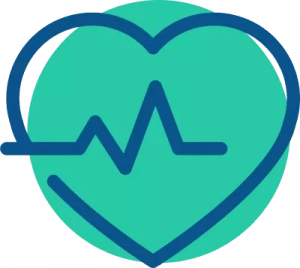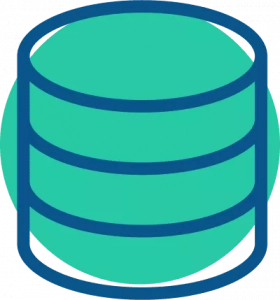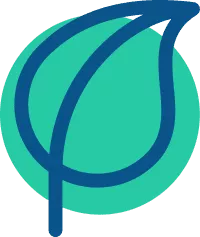Our Produts have made a lot of changes especially in public health

534,145 people
with improved health

12 Million US$ saved
Increased disposable income

177 thousand ton CO2e
Reduced emissions
The impact of Nazava Water filters is large. Here we explain our impact to date and how we calculate and validate our social, environmental and economical impact numbers.
The health Impact of Nazava water filters
Access to safe and cheaper drinking water: 534 thousand people (2021) This is the number of filters in use times the family size (4.48 persons per family). Nazava Water Filters remove 99.9% of bacteria as tested by WHO. Therefore, Nazava water filter users are less likely to get diarrhea. Users surveyed in the HEC study report 59% les diarrhea than non-users. The HEC study compared how often Nazava users and non-users had experienced diarrhea in the last month, half year, one year and two year. Sources: HEC report. HEC dataset.
Economic Impact of Nazava Water Filters
Accumulative household savings 12 million USD (2021). Average saving of US$21.24/year/household that uses a filter. This figure is based on survey of 194 non-users and 757 users. 63% user LPG to boil, 23% uses wood, 26% buys water. People that boiled water on LPG before save on average IDR458K or US$32.75 per year compared to non-users. People that buy water save on average US37.71 per year compared to non Nazava users. People who boil using wood infrequently buy fuel wood. We lack data to determine savings related to buying less fuelwood.
The average cost saving per filter user
The average cost saving per filter user is then 63% x US$32.75 + US37.71 x 26% = US$30.39. The average price that people paid for the filter to our resellers is US$26.24. This figure is taken from 212 users that were interviewed for our carbon project. Nazava does not set the retail price and the price depends on transport costs and payment terms. The filter lasts for 3 years before the candle needs to be replaced. Within the first 3-year users save 3 x US$30.39- US$26.24 = US$64.93 or US$21.64 per year. After 3 years they will save more because the replacement filter is only US$8 but we will use US$21.64 to be conservative. Source: Survey Data
Environmental Impact
Accumulative CO2 reductions; 133 thousand tCO2 (2020) of which 28879 ton have been issued as carbon credits. Based on green house gas emission reduction of 0.29 tCO2/year calculated Gold Standard methodology verified by Bureau Veritas. Source: Emission Reduction calculation spreadsheet & Verification Report by Bureau Veritas , Gold Standard project page
Impact on disposable income (anti-poverty):
Accumulative increased disposable time for women who do not need to seek fuel wood or boil water: 34,147 working years or FTE by the end of 2020. The Santa Clara study did a detailed analysis of time spend on obtaining water. They found that filter users save on average 139 hours per year which equals 0.07 FTE per filter saved per year. One full time equivalent is the number of hours in a full time labor contract. (https://www.wikihow.com/Calculate-FTE) The Santa Clara study surveyed 46 users.
Impact of our filters on jobs and income (economic impact):
100 resellers (66 women) earned an average additional monthly income of US$26. In the last 5 years we have had an average of 100 informal resellers. Together they purchased around 6000USD per month (Source sales database, audited financial reports, available on request). They sell the products on with a margin of around 30% which implies that they earn 26USD per month or about 14% of average monthly earnings ( 185USD source: (CEIC) Sales Database (accessible on request).
Social return on investment of US$2.9
Everything together adds op to a Social Return on Investment (SROI) of US$ 2,90 (as found by National University of Singapore Students study). This means that every dollar invested in Nazava yields a social return of almost three dollars, that is a very clear measure of the impact of Nazava Water filters isn’t it?
More underlying data
Please find more underlying parameters in this document
